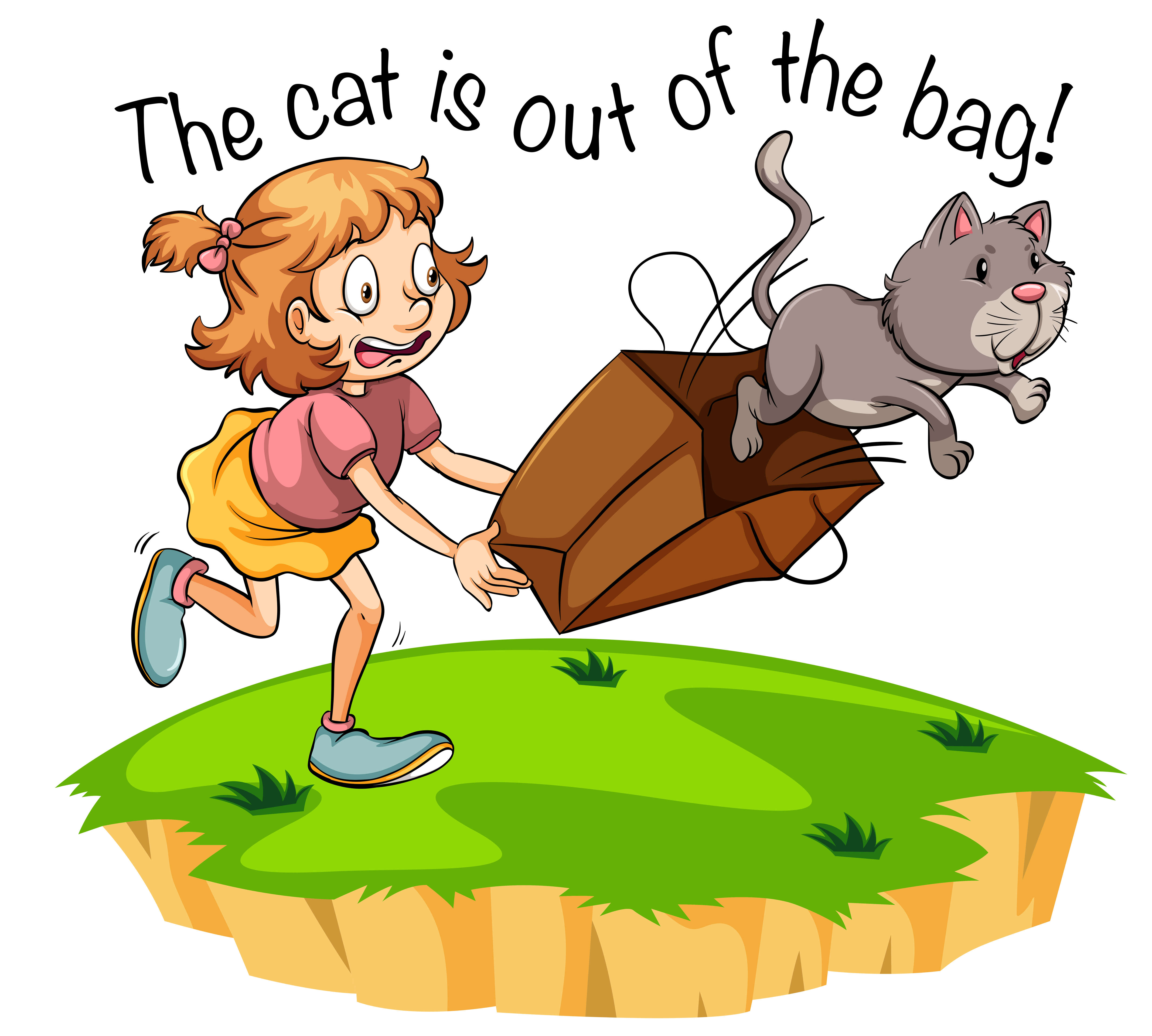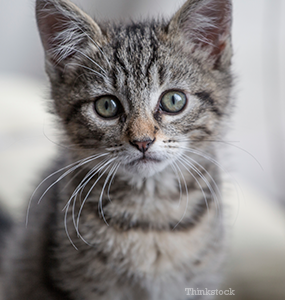Tibbles and Tiger might not let you know it, but they appear to recognise when their name is being called, research into human-cat relationships has claimed.
The researchers said previous studies had shown that other animals, including dogs, dolphins and parrots could show some understanding of human vocalisations, but it was unclear whether felines could too.
Now for the first time research appears to suggest domestic cats could pick out their name in a string of words.
Dr Atsuko Saito, first author of the research from Sophia University in Japan, said: “There are so many studies about dog ability to communicate with humans. We think it is important to show cats’ ability.”
Saito added the findings were not surprising. “Many cat owners know that cats understand their own names,” she said, although she added that until now, scientific evidence had been lacking.
The team chose not to attempt to test cats’ abilities by asking them to retrieve named objects they had previously been shown – as is often used in experiments with dogs. The authors said: “the training of cats to perform on command would require a lot of effort and time.”
Instead they took a different approach, playing a voice saying four words followed by the name of the cat – all in the same intonation – and noting the animal’s responses and movements through video recordings made in the cat’s normal surroundings.
Dogs do dream! Dogs and humans have the same type of slow wave sleep (SWS) and rapid eye movement (REM) and during this REM stage dogs can dream. The twitching and paw movements that occur during their sleep are signs that your pet is dreaming
The results showed that cats rarely did more than twitch an ear or move their heads in response to the voices, with very few so much as moving their tail, let alone meowing. Nonetheless the team said the results, based on a four-point scale of how much each cat responded, showed cats could tell their name apart from other words.
In the first test, each cat was played its owner’s voice with the four words similar in length and sound to the cat’s name.
The team found there was a drop off in feline movement in 11 out of 16 cats as the four words were uttered – suggesting the cats were becoming used to their owners’ mutterings. But in nine of the cats there was a subsequent uptick in their movement when their name was mentioned, suggesting they had pricked up their ears.
The experiment was then repeated on another group of cats with a stranger’s voice and, in a third scenario, the owners’ voices were played only to cats used to living with many other felines either in home environments or in “cat cafes”.
The team said that in all of these scenarios cats appeared to spot when their names were mentioned.
Saito said it was not clear the cats realised their name was a name. “There is no evidence that cats have the ability to recognise themselves. So I think they just associated words – here, names – with rewards or punishment,” she said.
Help your pet be the best pet he can be. Train your pet by setting him up to succeed. There’s a reason for everything your dog or cat does, and the reason rarely if ever involves being deliberately disobedient.
But while a cat might pick up on its owner’s coos, the research adds to previous evidence that felines were seemingly reluctant to make much effort in return. Research by the team has already shown that while cats could tell apart their owner’s voice from a stranger’s, they often paid little heed.
Saito added that the study, published in the journal Scientific Reports, sheds light on the human-cat relationship. “Cats understand human cues better than many people think,” she said, although she added that did not mean they would respond as their owners might hope.
Dr John Bradshaw, an expert on dog and cat behaviour at the University of Bristol, was less enthusiastic. He said: “In my view, the study doesn’t tell us much about the cat-human relationship, merely that cats are capable of learning the significance of particular sounds, something that most cat owners will know already.
“For example, many use the rattle of the cat-biscuit box to persuade their cat to come indoors. It certainly doesn’t demonstrate that cats can understand human language.”
Topics














